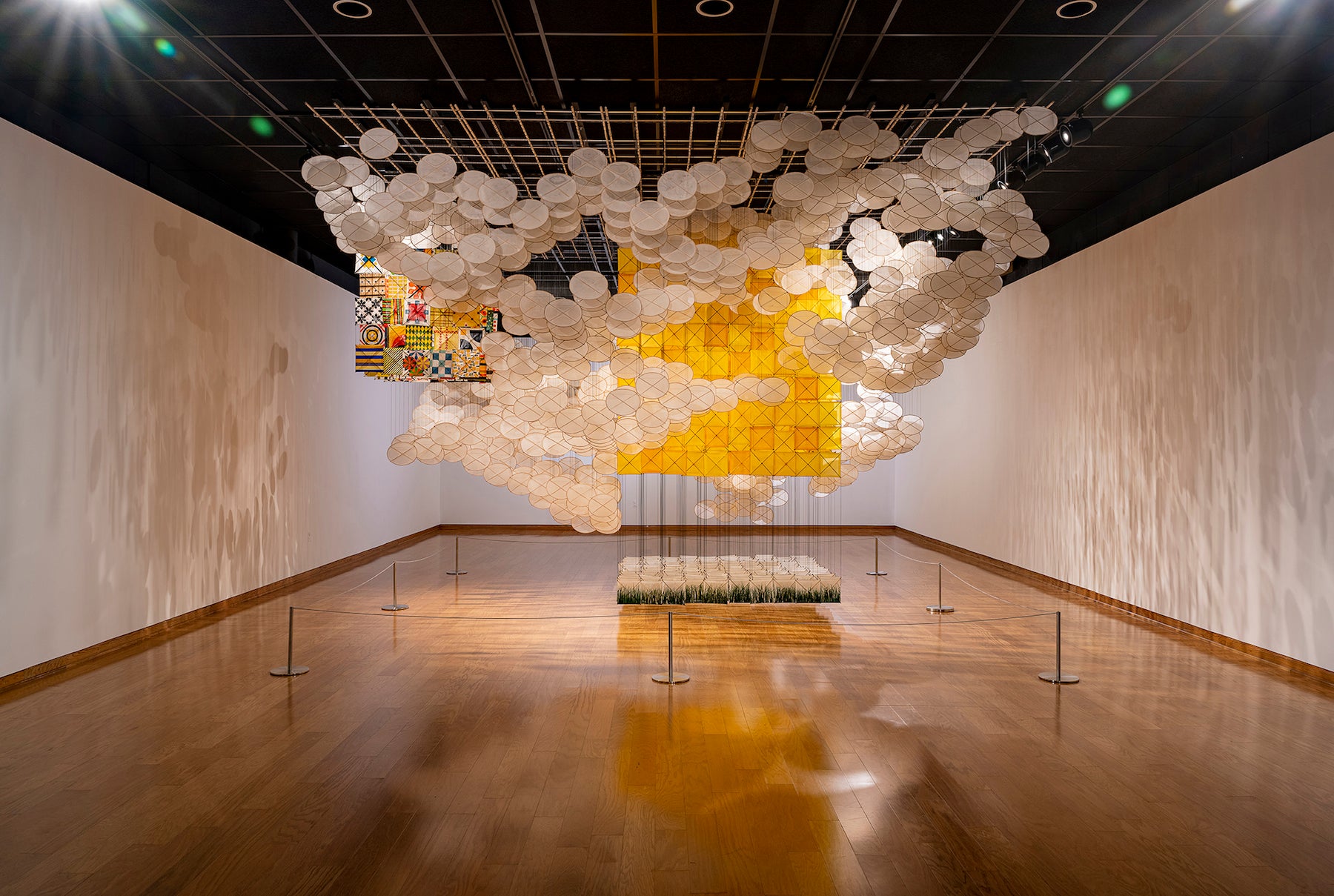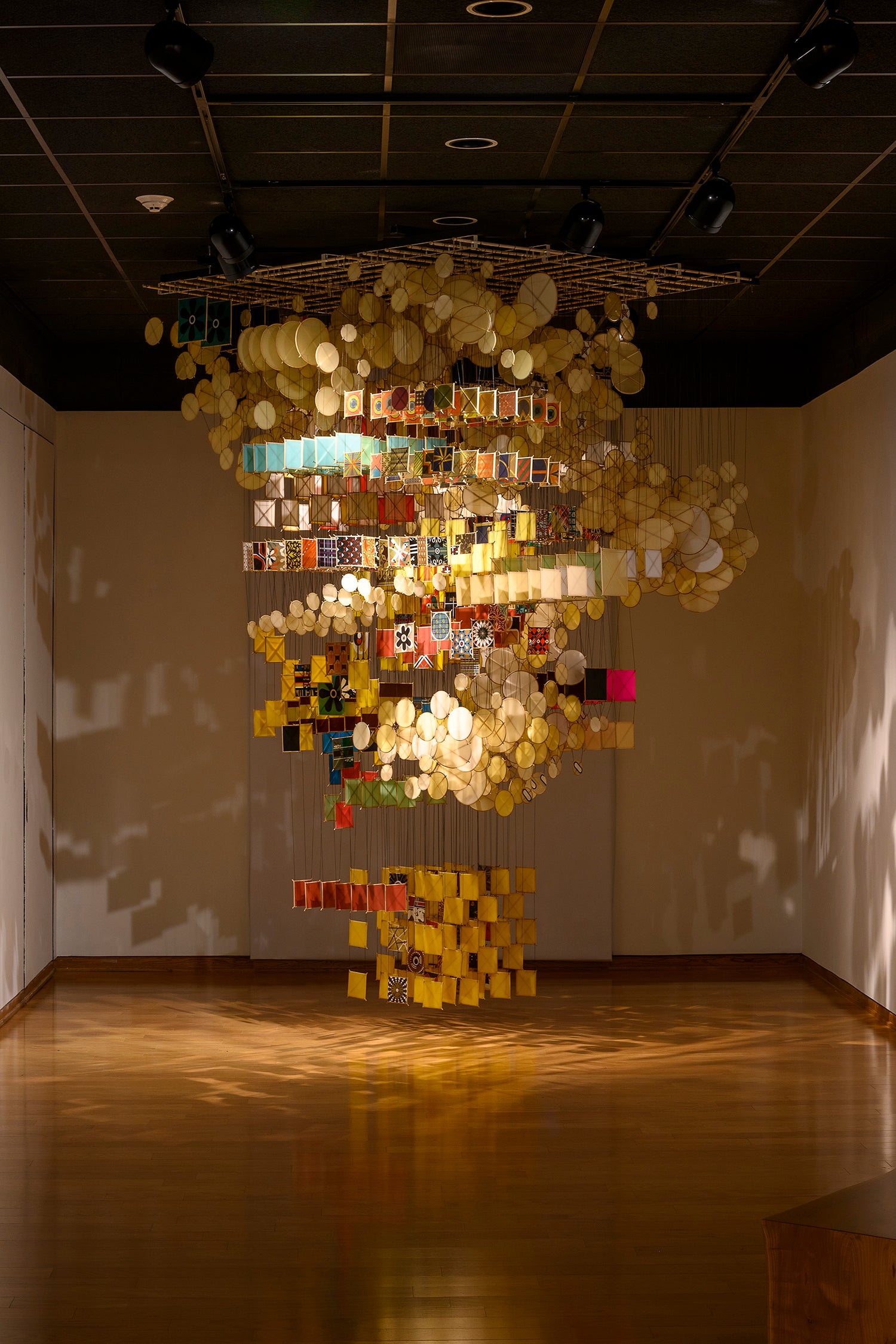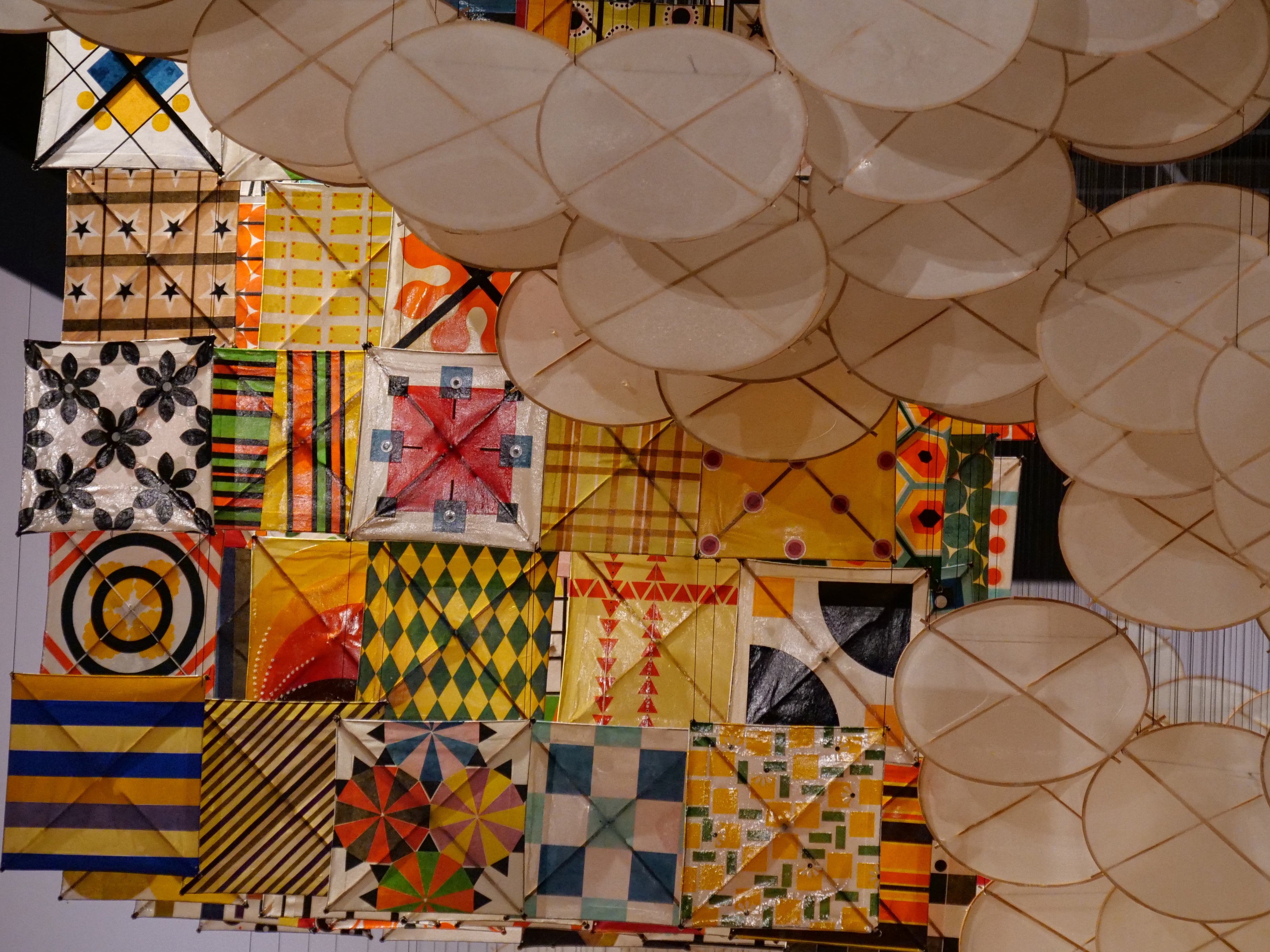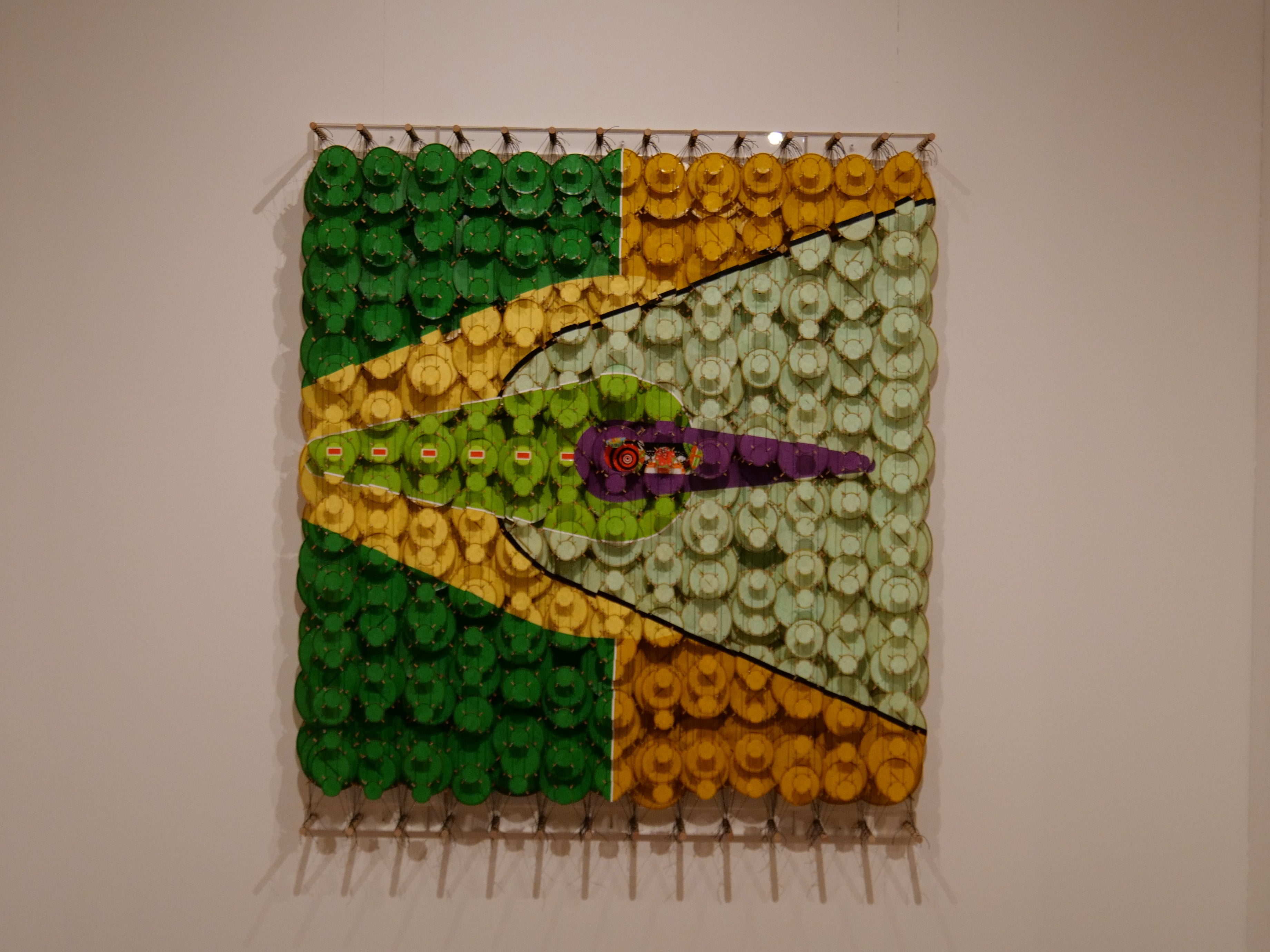Art that Makes You Feel Seen: Jacob Hoshimoto transports visitors to fantastic landscapes
Published 8:00 am Saturday, April 16, 2022
When visitors step into artist Jacob Hashimoto’s abstract worlds at the University of Mississippi Museum and Historic Houses, he hopes that they can see faint reflections of the world they know and use them as a gateway to new ideas and perspectives.
Within “The Other Sun,” the artist’s exhibit at the museum, thousands of small, simple kites hang from the ceiling. Together, however, these jungles of paper pieces meld into sweeping abstracted landscapes.
The UM Museum is hosting a digital artist reception and lecture from 1:30 to 3:30 p.m. Tuesday (April 19) in the museum’s Speaker’s Gallery. Refreshments will be available alongside a gallery walkthrough, with Hashimoto delivering his talk via Zoom at 2 p.m.
The event is free, but registration at https://museum.olemiss.edu/
“The University of Mississippi Museum is exceptionally honored and excited, in equal measure, to be exhibiting the stunning art of Jacob Hashimoto in our museum galleries and also in the exhibition space at William Faulkner’s Rowan Oak,” said Robert Saarnio, the museum’s director.
“Mr. Hashimoto is a widely acclaimed visual artist with an international exhibition history earning broad critical recognition, and our galleries have vibrantly sprung to life with his pieces.”
Hashimoto first developed his aesthetic style 25 years ago at the end of a creative block during his studies at the School of the Art Institute of Chicago. Originally an abstract landscape painter, he felt the pressure to make something that would differentiate himself in the art world.
“There was a sense that in order to participate in the critical dialogue in this country you had to bite off a piece of that and see what you could make out of it,” he said.
In the midst of his troubles, his father advised him to keep busy and to continue to create in his studio, even if it was just kites or model airplanes. As he began to make kites by hand in his studio, the pieces started to fit together both figuratively and literally, evolving into his signature style.
In the transition from landscape painting to installations, Hashimoto transferred some techniques over, he explained from his studio in Ossining, New York. The kites, acting almost as two-dimensional objects transposed into three-dimensional space, allow him to stack each image in layers as if the piece were a painting.
From there, viewers are encouraged to explore the space Hashimoto has created, the dissonance caused by the kites’ dimensions urging them to think about perspective and how they see these worlds.
“I was looking for ways to explore painting language through a different vocabulary,” he explained. “Installation really provided that for me.”
Growing up, Hashimoto hadn’t always planned to become a full-time artist. Around the end of his time in Chicago, however, he found that the art world was looking for people who could help produce new works that contribute to discussion within the medium.
“When I was emerging in the mid-’90s, the art world was still reeling from the ’90s art crash,” Hashimoto said. “There just weren’t opportunities to make a living from this. By the time I was out of school, things were picking up a bit, thankfully.”
Along with painters such as Brice Marden and authors including Robert Coover, Hashimoto also has taken a great deal of inspiration from video games and virtual worlds. The eponymous piece’s title is a reference to the 2011 sandbox game Minecraft, which Hashimoto played with his father during its early days.
“I had been playing that game since you had to download it from a weird Swedish website,” Hashimoto said. “The video game references are part of my relationship with my father.”
When Mojang Studios began to produce its “Meet a Minecrafter” video series in 2020, things came full circle for Hashimoto. Each episode focused on a professional who either found inspiration in the game or used it in their chosen field, and Hashimoto was selected as one of the subjects.
It’s easy to see the impact the game left on his art; the simple cubes of Minecraft coming together to create gigantic landscapes in a similar fashion to the kites in Hashimoto’s abstract worlds. Both stand as complementary, yet contrasting, approaches to creating a world that gives viewers a freedom of movement and perspective while letting them come into contact with something much larger than themselves.
Even with his intense fascination for virtual worlds, Hashimoto still has a soft spot for the specific kinds of experiences real-life art installations can bring.
“I think art can make you feel seen,” Hashimoto said. “The way you experience the art is fundamental to its existence. Other technology tends to be alienating and big in a way that minimizes your experience with the world. …
“You don’t have any authorship over it. When you’re in your body and walking through a physical space, I think it gives you a sense of authorship a digital environment might not give you.”
Hashimoto’s art has been showcased in venues around the world, but his studio has always striven to engage with smaller communities away from the coasts. Hashimoto related his experience of growing up in a small town in Washington and how exciting visiting arts events could be.
“It’s important to be able to have this sort of ongoing dialogue with your home,” Hashimoto said. “I remember when bands would come to town. If we got access to culture in our small town, it was really important to people.
“When you grow up in Manhattan, you can go see any band, show or movie you want. You can do any of it, so none of it is meaningful. For us, a handful of things we were exposed to were hugely meaningful.
“I think about the kid growing up in Oxford who’s never seen something like this, and I think we can be that for them.”
“The Other Sun” will remain on display at the museum and at Rowan Oak through Sept. 3. The UM Museum, at Fifth Street and University Avenue, is open 10 a.m.-4 p.m. Tuesdays through Saturdays. Admission is free.
For more information about “The Other Sun,” or the UM Museum in general, call 662-915-7073 or visit https://museum.olemiss.edu/.









